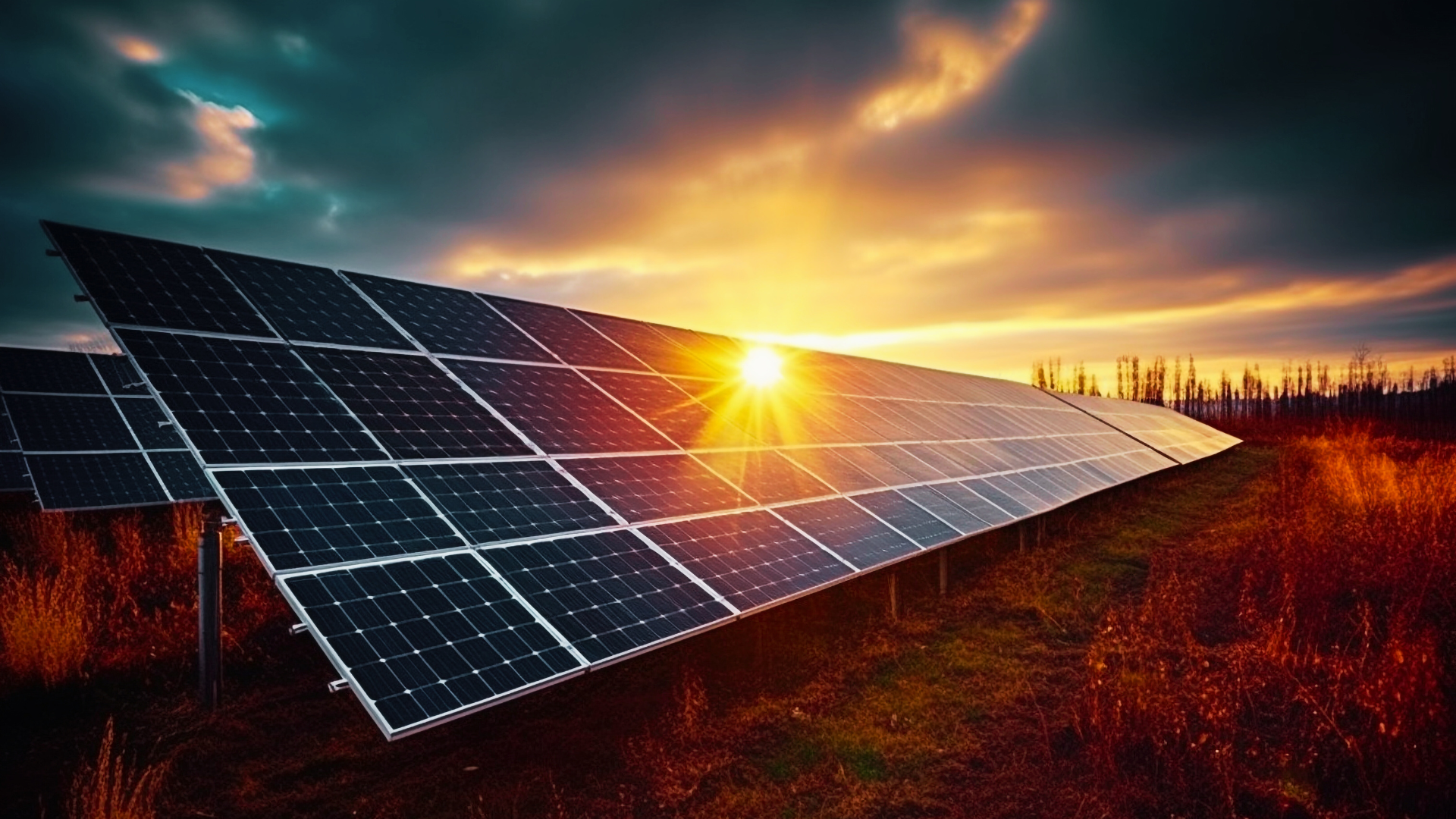The shift to renewable energy is gaining momentum in India, with solar power leading the charge. But for individuals and businesses, financing a solar power plant can be a significant hurdle. The good news? Loans for solar power plant installation are available, and this guide will help you understand how to get them.
Understanding the Basics of a Solar Power Plant
Before diving into the financing options for these green energy projects, it’s essential to understand what goes on in a solar power plant. These systems harness sunlight and convert it into electricity using photovoltaic (PV) cells. Solar power plants in India can vary widely in scale — from small domestic rooftop set-ups to huge commercial solar power projects. Some of the largest, 14,182 MW and 2,245 MW solar plants in India are located in Gujarat and Rajasthan respectively. However, we are only concerned with domestic solar panels with 3-10 kW of power generation.
Comparison of Different Types of Rooftop Solar Projects
India offers various types of solar power systems – all products designed for different needs. Here’s a quick comparison based on components, energy output, land requirements, and set-up processes.
- On-Grid Solar Power Plants
- Components and Energy Output: On-grid solar power systems are connected to the national electricity grid, allowing users to both consume solar energy and send excess power back to the grid through net metering. The typical power generation is between 1-4kWh per day.
- Space Requirements and Set-up Process: These are rooftop solar panels and do not require any other significant space. Its usage requires approvals from the electricity board.
- Off-grid Solar Power Plants
- Components and Energy Output: Designed for rural or remote areas, these systems aren’t connected to the grid and store energy in batteries for later use.
- Space Requirements and Set-up Process: These systems require no additional space except for the inverter and battery. They are just as easy to set up, but maintenance costs can be higher due to the battery.
- Hybrid Solar Power Plants
- Components and Energy Output: A combination of on-grid and off-grid systems, hybrid plants offer more flexibility. They can draw power from the grid when solar production is low and switch back to solar energy when it’s available.
- Space Requirements and Set-up Process: Space and installation needs are similar, making it suitable for medium-sized residential and commercial enterprises.
Investment Considerations for Solar Power Plant Installation in India
The cost of installing a solar power plant can vary based on several factors like its scale, location (state), equipment quality, and installation expenses. For a 10kW plant, the investment typically ranges between ₹4,00,000 to ₹5,50,000. Rooftop solar power plants of capacities 3kW and 5kW are more common and cost approximately ₹1,20,000 and ₹3,00,000, respectively.
Read more about the costs and subsidies by the Government of India on solar energy projects in this blog.
Financing Options for a Solar Energy Initiative in India
India offers several financing options for solar power installations driven by government initiatives, private banks, Non-banking Financial Companies (NBFCs) and private financial institutions. Here’s an overview of the most common options:
- Bank Loans: Many banks in the public and private sector offer loans for solar plant installations. The loans typically cover a significant portion of the project cost, making it easier for businesses and individuals to invest in solar power.
- NBFC Loans: NBFCs are reliable and fast sources of financial assistance. With a range of added perks like lower interest rates, easier documentation, prompt customer assistance, higher loan-to-value ratios, and online services, NBFCs can provide the best solutions to finance solar power plants in India.
The Role of Solar Energy Loan Providers
Choosing the right loan provider is crucial for ensuring favourable terms and repayment conditions.
- Identifying Reliable Financing Partners: Major NBFCs and public sector banks offer loans with attractive interest rates for solar installations. It’s important to research and choose a reliable partner to ensure smooth financing.
- Assessing Loan Terms and Repayment Options: Commonly, a good credit score, a history of regular repayments, and a stable income will fetch you agreeable terms with the financer. You can get convenient loan tenures and interest rates with NBFCs.
Switching to solar power is an investment that not only reduces electricity costs but also contributes to a sustainable future. With the right financing, making the shift becomes far more manageable. Ready to take the plunge?
Explore your loan options and get started on your solar journey today!
FAQs
What is the interest rate for a rooftop solar project loan?
Interest rates vary between lenders. You can get flexible interest rates with a reliable solar financing company.
How much investment is needed to start a solar power plant in India?
For the most common solar capacity requirements, i.e., 3kW to 5kW, you can expect to spend between Rs. 1.5 lakh to 3 lakh.

